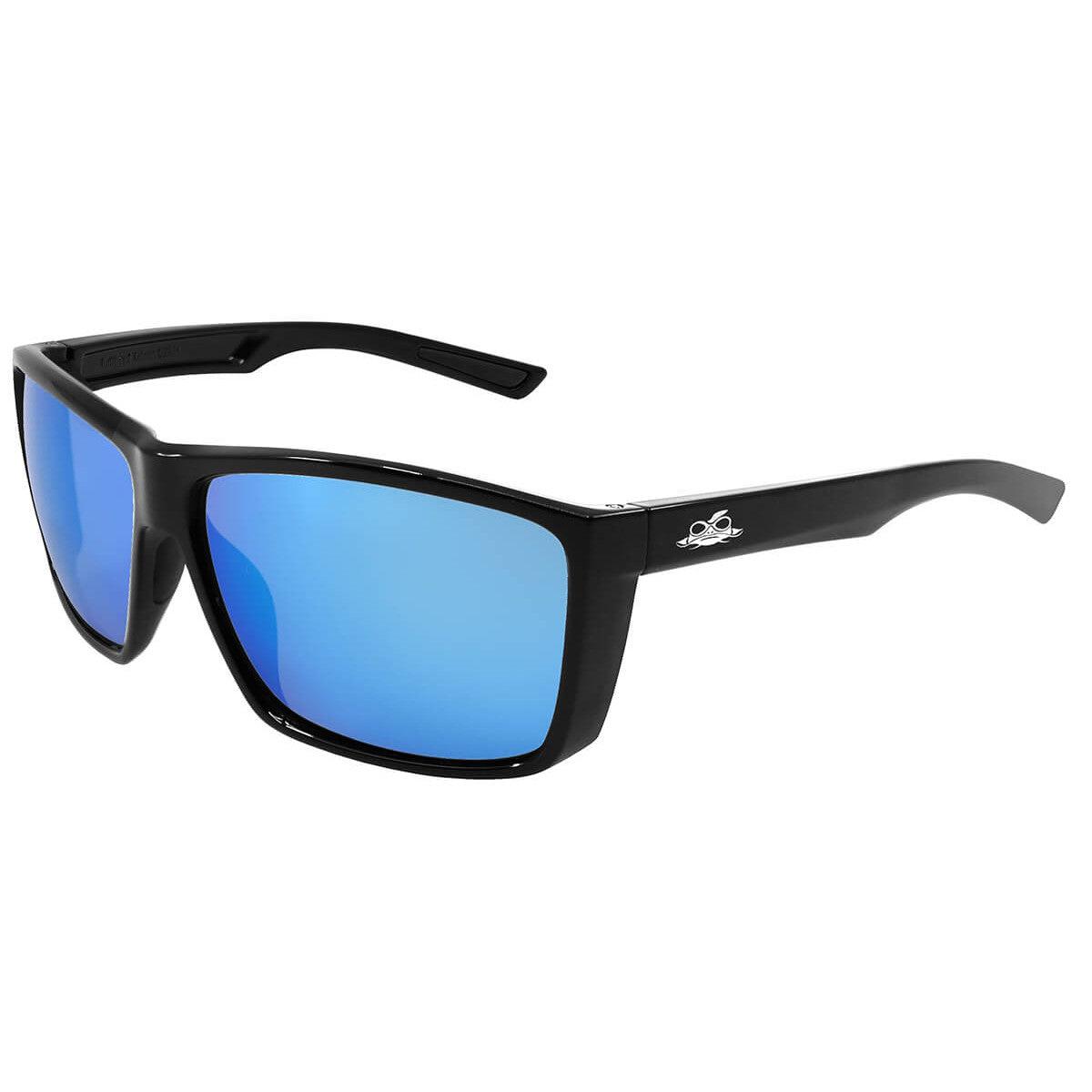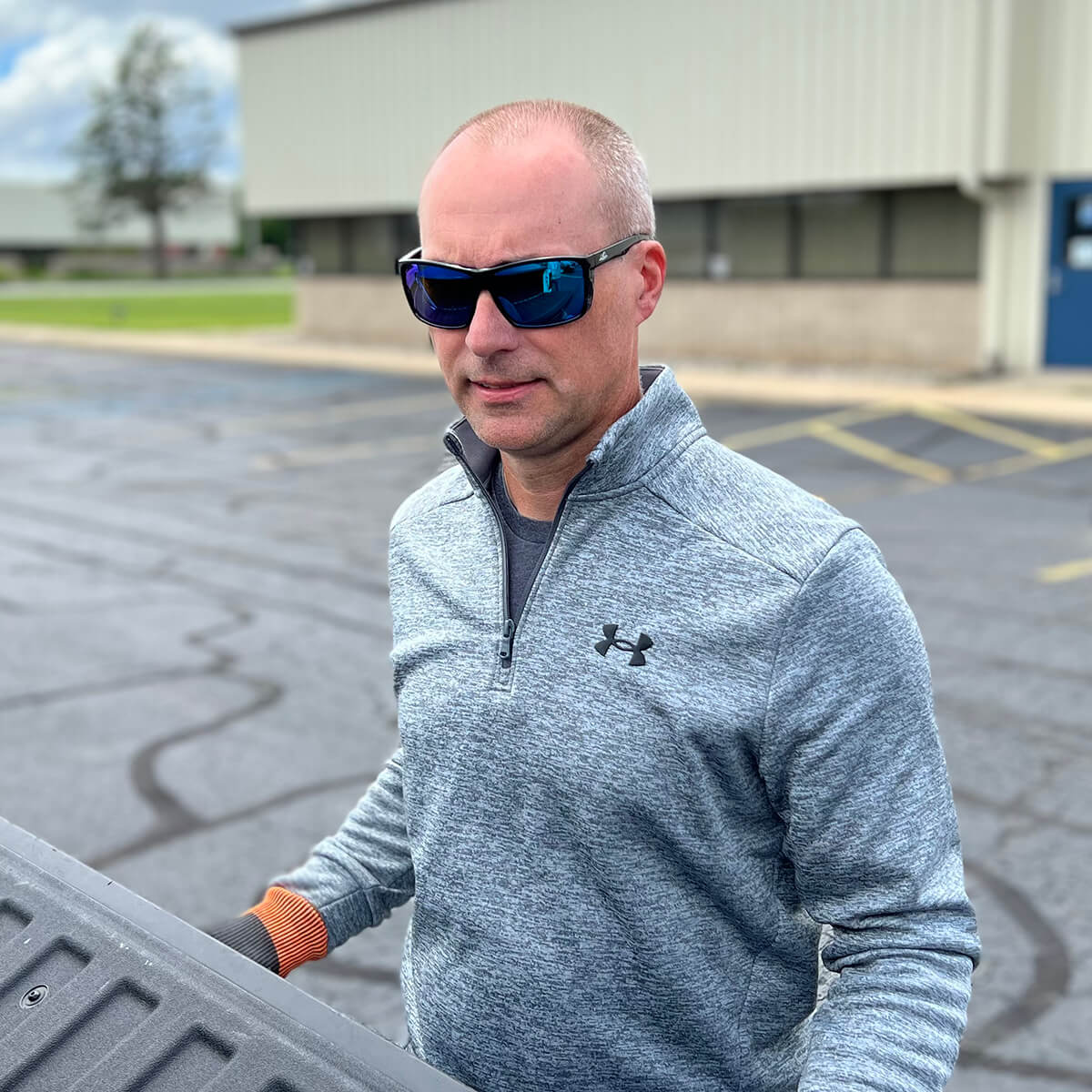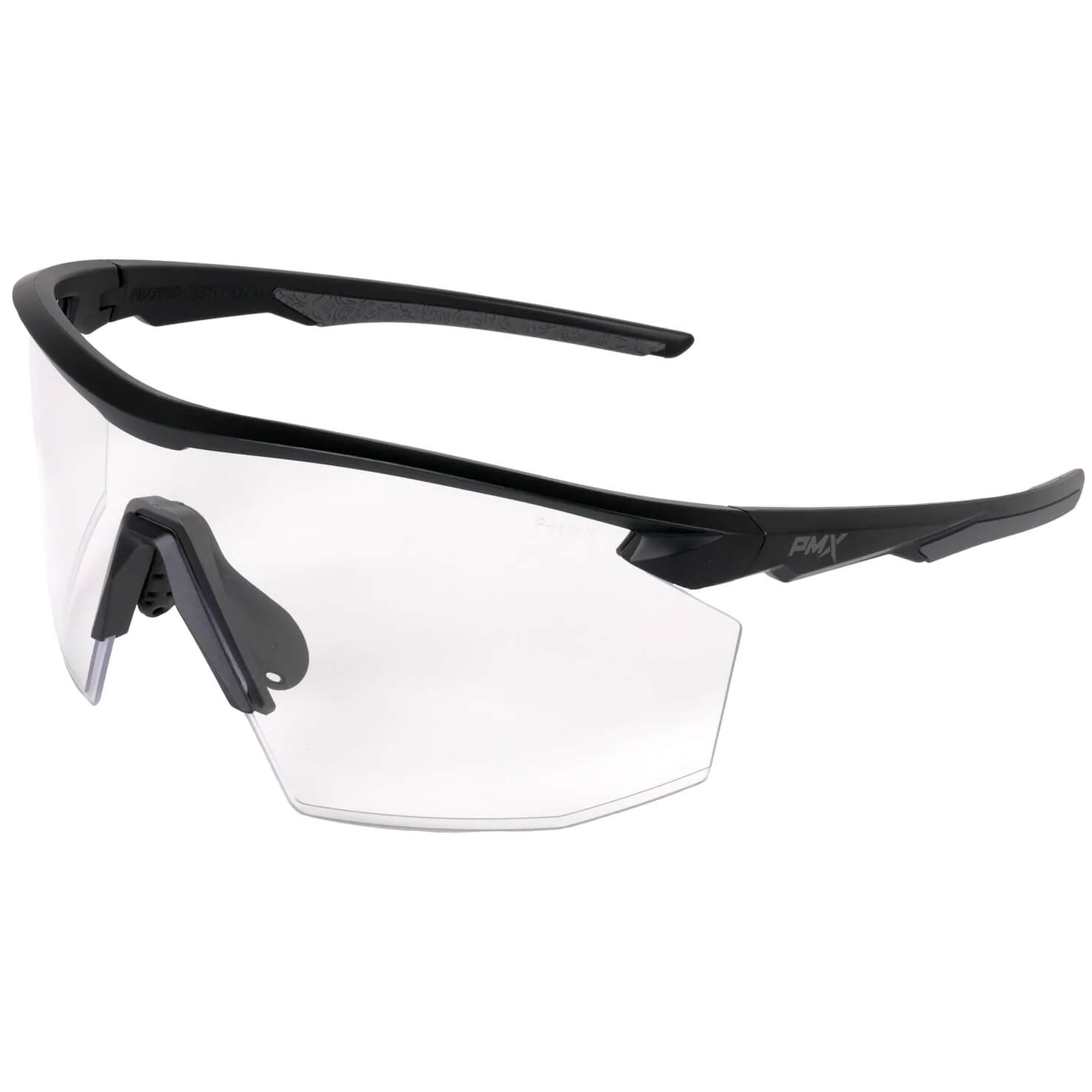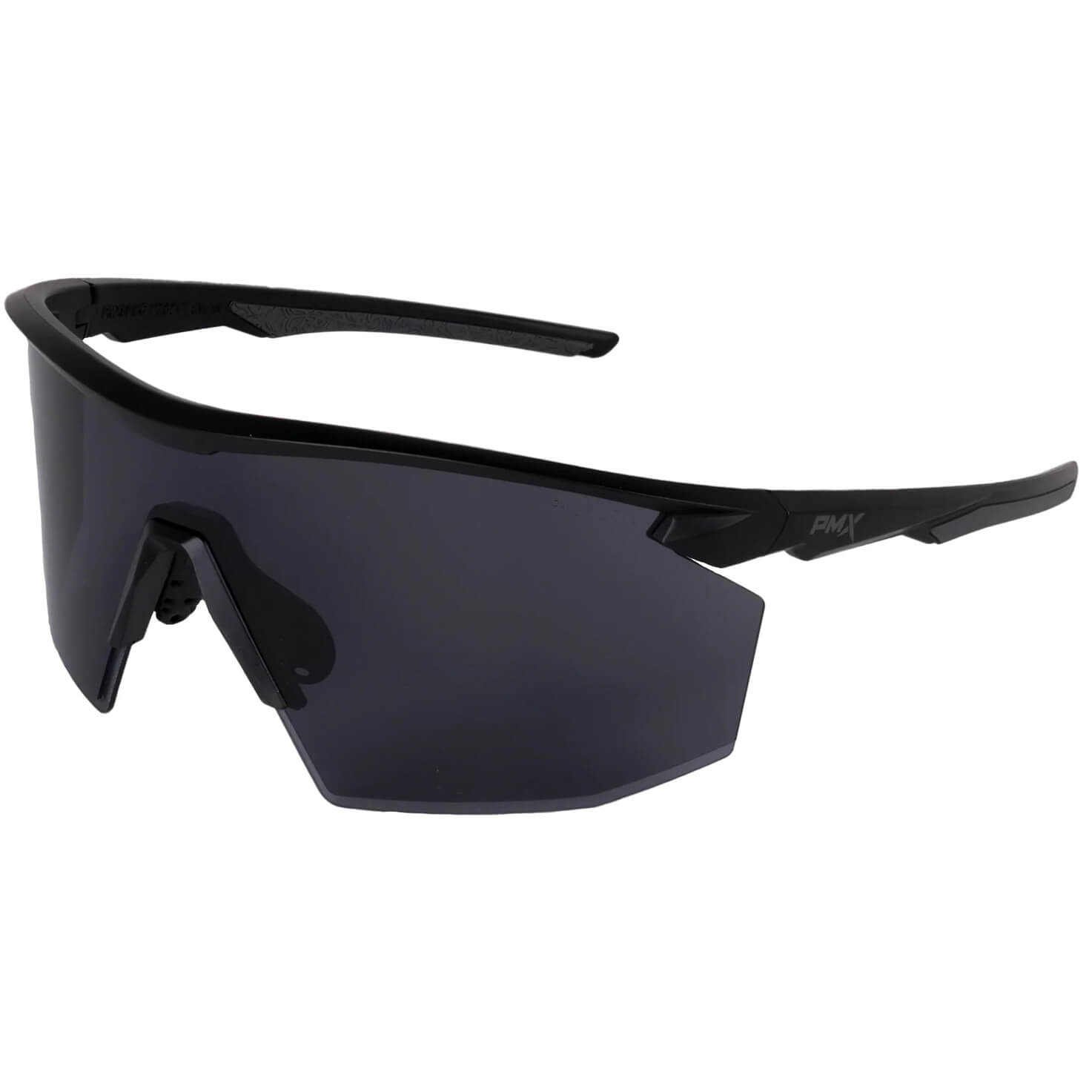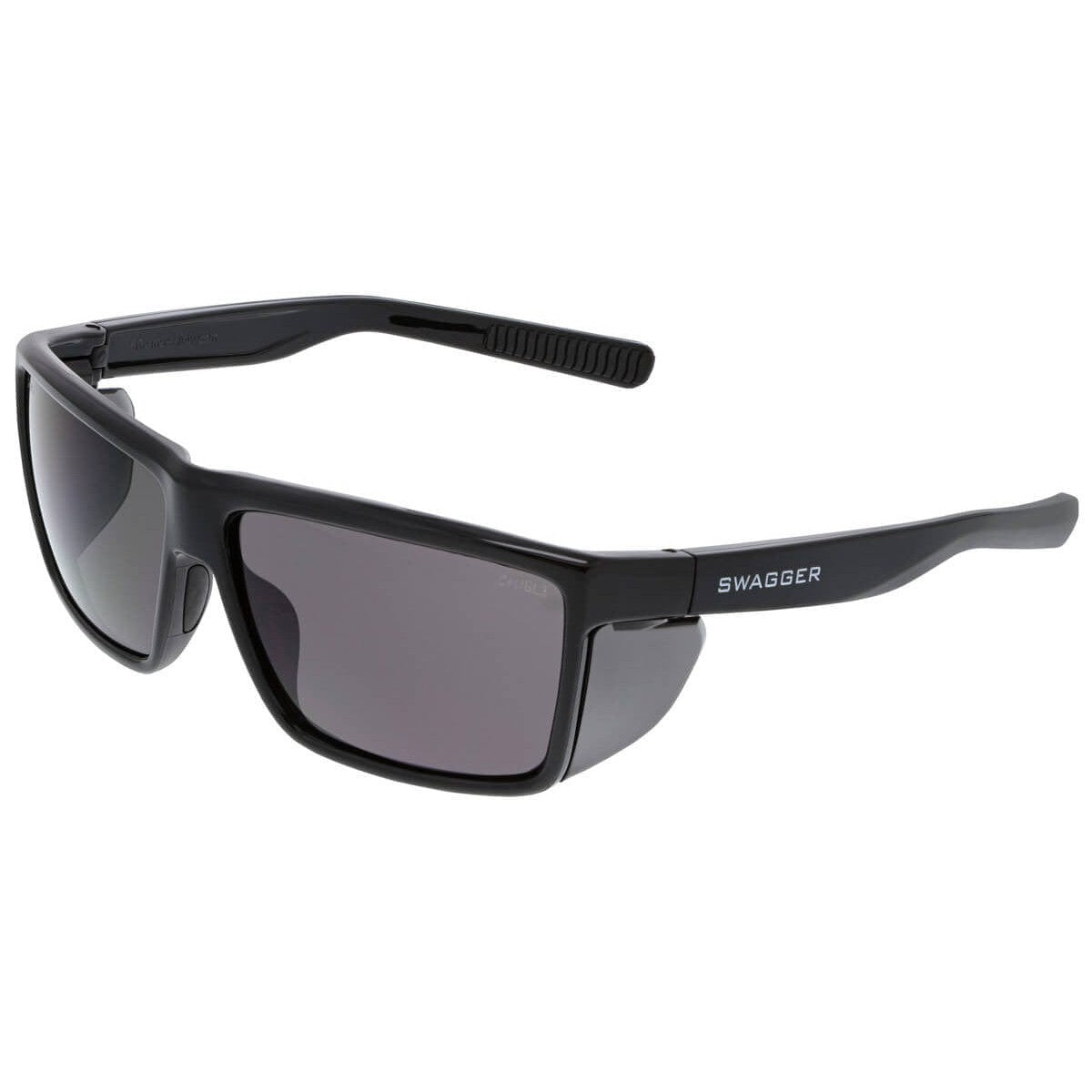What Is Photochromic Eyewear?
Photochromic eyewear feature lenses that automatically darken when exposed to ultraviolet light. The sun's UV rays trigger photochromic compounds built into lenses and cause them to darken. When removed from that UV light, lenses return to their transparent state. This automatic lens tint eliminates the need to carry multiple pairs of glasses and/or lenses.
Beyond this basic process, environmental conditions can significantly impact the performance of photochromic eyewear.
How Environment Affects Photochromic Eyewear
Whether or not photochromic eyewear is right for you depends largely on your environment. Consider the following before investing in a quality pair of photochromic eyewear.
Inside vs. Outside
The transition from light to dark and vice versa is not instantaneous. In fact, the darkening/lightening process can take 10 minutes, exposing your eyes to extra UV light and compromising your visibility.
Most workplaces won't allow photochromic lenses for jobs requiring frequent trips indoors and outdoors since there isn't enough time for the lenses to adjust to the varying light conditions. This means they may only be authorized for jobs that are exclusively outside. Check with your safety coordinator before purchasing photochromic lenses to make sure you'll be allowed to wear them on the job.
Temperature
Photochromic lenses darken better in cooler temperatures, making them more suitable for snow skiers than beachgoers. Once inside and away from the triggering UV light, cold lenses take longer to regain their clear color than warm lenses.
In addition, the higher the temperature the less dark photochromic lenses get. This thermal effect is called temperature dependency and prevents photochromic lenses from achieving true sunglass darkness in very hot weather. If you spend a lot of time in extremely hot and bright conditions, photochromic lenses may not perform to your satisfaction.
The performance differences of photochromatic lenses in hot versus cold temperatures are not dramatic, but they are noticeable and vary by brand and model.
Driving Time
Photochromic lenses don't work in a vehicle because the windshield blocks the necessary UV light to trigger the transition. This presents a problem if you want to wear sunglasses while driving. Some brands, like the Bullhead Swordfish, use pre-tinted lenses that provide some extra sunlight relief in their neutral state.
Is Photochromic Eyewear Right for You?
Not sure if photochromic eyewear is right for you? Consider the following to help you decide.
- When will you wear them? If you spend most of your time outside, the temperatures aren’t extreme, and you don't require dark lenses, they may be a good fit. If you’re regularly outside in extremely hot weather or frequently going inside to outside, they might not be.
- Photochromic lenses are convenient. Eliminating the need to carry multiple glasses/lenses is a great feature when you're constantly on the move.
- Lenses that are medium or light gray in their neutral state will transition closer to a sunglasses feel than lenses that start as clear. Conversely, lenses that have a clear, neutral state will never get as dark as those that start darker.
Photochromic eyewear isn't cheap. Your safety coordinator can tell you can where them where you work, and an eyecare professional can answer your questions and help you decide if they're a good option for you.




